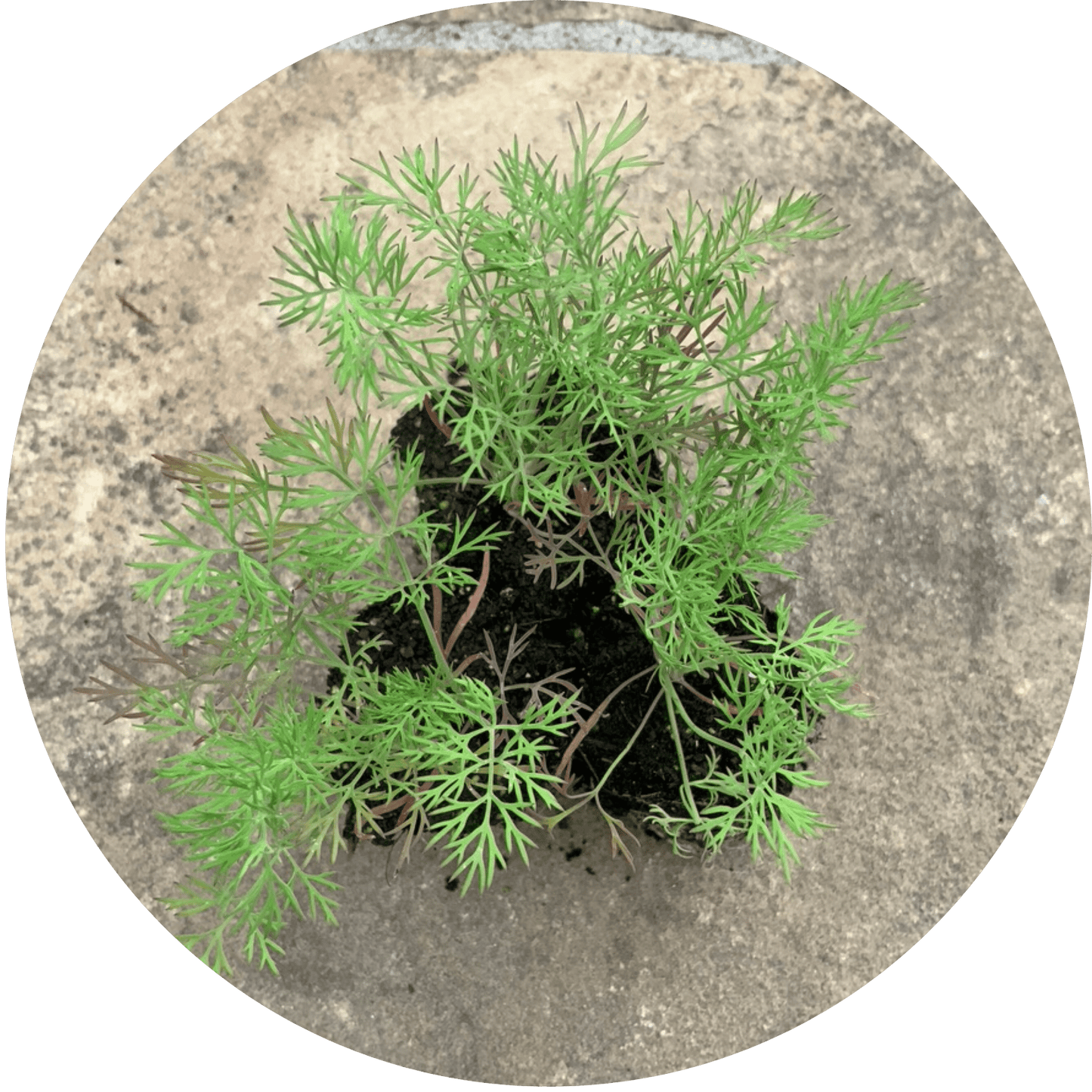1
/
of
1
Dill
Dill
Regular price
$3.49
Regular price
Sale price
$3.49
Unit price
/
per
Certified Organic
10-12 Weeks Mature
Free Shipping for 12+ Seedlings
10-12 Weeks Mature
Free Shipping for 12+ Seedlings
Dill is a 2" organically grown culinary herb with soft, feathery leaves and a fresh, tangy flavor. Thrives in grow pots, containers, and planted walls—perfect for pickles, fish dishes, and sauces.
Rich in vitamin C and manganese, dill supports bone health and immune function.
Fun Fact: Dill has been used in cooking and medicine since ancient Egypt and is a staple in Scandinavian cuisine.
Organically grown and shipped with care—ready to brighten your culinary creations.
Couldn't load pickup availability


